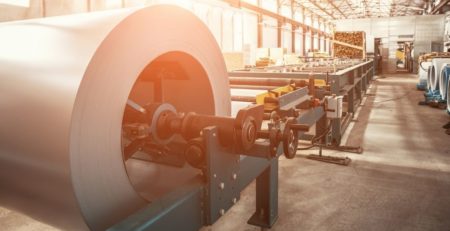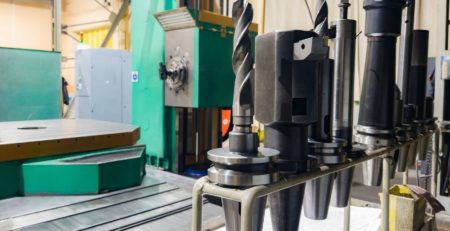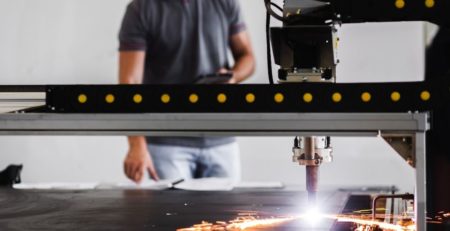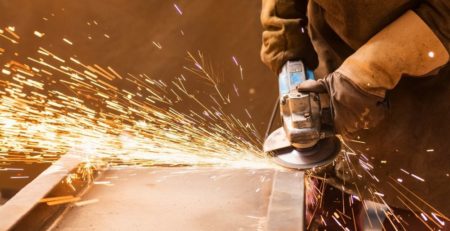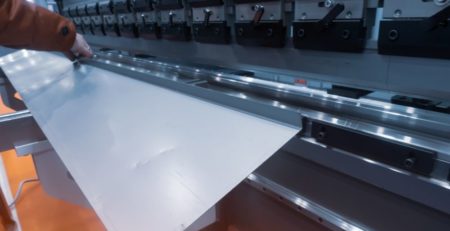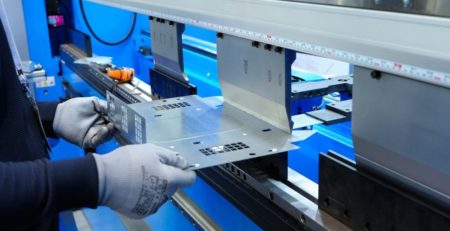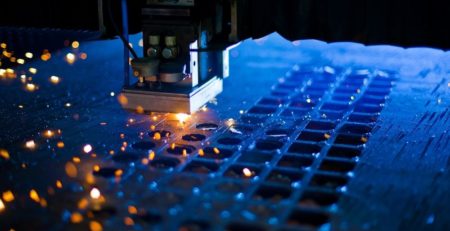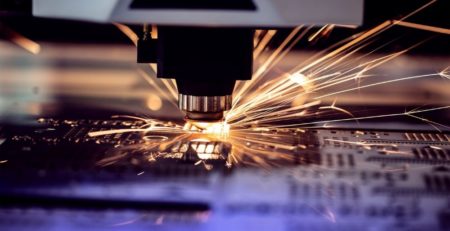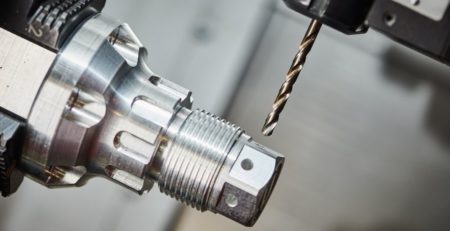4 Differences Between CO2 and Fiber Laser Cutting Technology
These four differences between CO2 and fiber laser cutting technology can significantly impact the efficiency, cost, and quality of your operations. Learn more about these key differences to help you make an informed decision that aligns with your business needs.
Type and Thickness of Materials
The type and thickness of materials that each technology can handle may be the most important difference that impacts your decision about which type of machine to use. If you routinely cut or mark both metals and non-metals, you may benefit from CO2 lasers that have the versatility to perform well on both types of materials. They’re also effective at quickly cutting metals over five millimeters thick, producing straight cuts with smooth edges.
Fiber lasers, on the other hand, specialize in cutting metals. They can effortlessly slice through thin metals with precision and speed. Fiber lasers are superb for etching and marking metals.
Energy Efficiency
Energy efficiency is another notable difference between CO2 and fiber laser cutting technologies. CO2 lasers require more power to operate, which can contribute to higher energy costs. Conversely, fiber lasers are highly energy efficient. They use less power to deliver comparable—if not superior—cutting performance. This efficiency can lead to significant cost savings in the long run.
Maintenance and Operating Costs
Maintenance and operating costs also set these two technologies apart. CO2 lasers tend to require more maintenance due to their complex design. Regular gas refills and frequent mirror cleaning are necessary to keep a CO2 laser functioning optimally.
In contrast, fiber lasers are known for their durability and lower maintenance needs. Their solid-state design eliminates the need for gas refills, and they generally require less cleaning and upkeep. This can result in lower operating costs and less downtime.
Speed, Edges, and Straight Line Cuts
Lastly, when considering the purchase of a 2D laser cutting machine vs. a CO2 laser cutter, it is essential to examine the speed, quality of edges, and straight-line cuts that each technology offers. Fiber lasers are renowned for their high cutting speeds and exceptional edge quality. They can produce straight-line cuts with remarkable speed and precision, making them ideal for intricate designs.
CO2 lasers, while slower than fiber lasers, still offer high-quality cuts and good edge quality, especially on thicker materials that can challenge fiber laser cutters. However, when it comes to speed and precision in cutting or marking thin metals, fiber lasers generally outperform CO2 lasers.
Both CO2 and fiber laser cutting technologies have distinct advantages and are suited to different applications. It is crucial to consider the type and thickness of materials you work with, energy efficiency, maintenance and operating costs, and the quality and speed of cuts when choosing a laser cutting machine for your metal fabrication business.
Consult Mac-Tech before you decide. We can help you consider which type of machine is best for your shop or decide whether your operation would benefit from having both types of laser cutters available.



